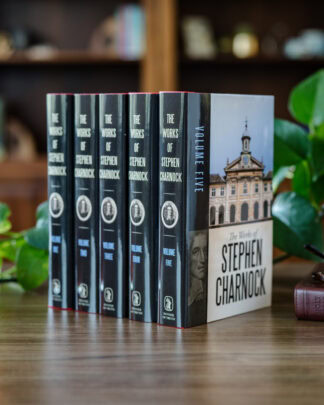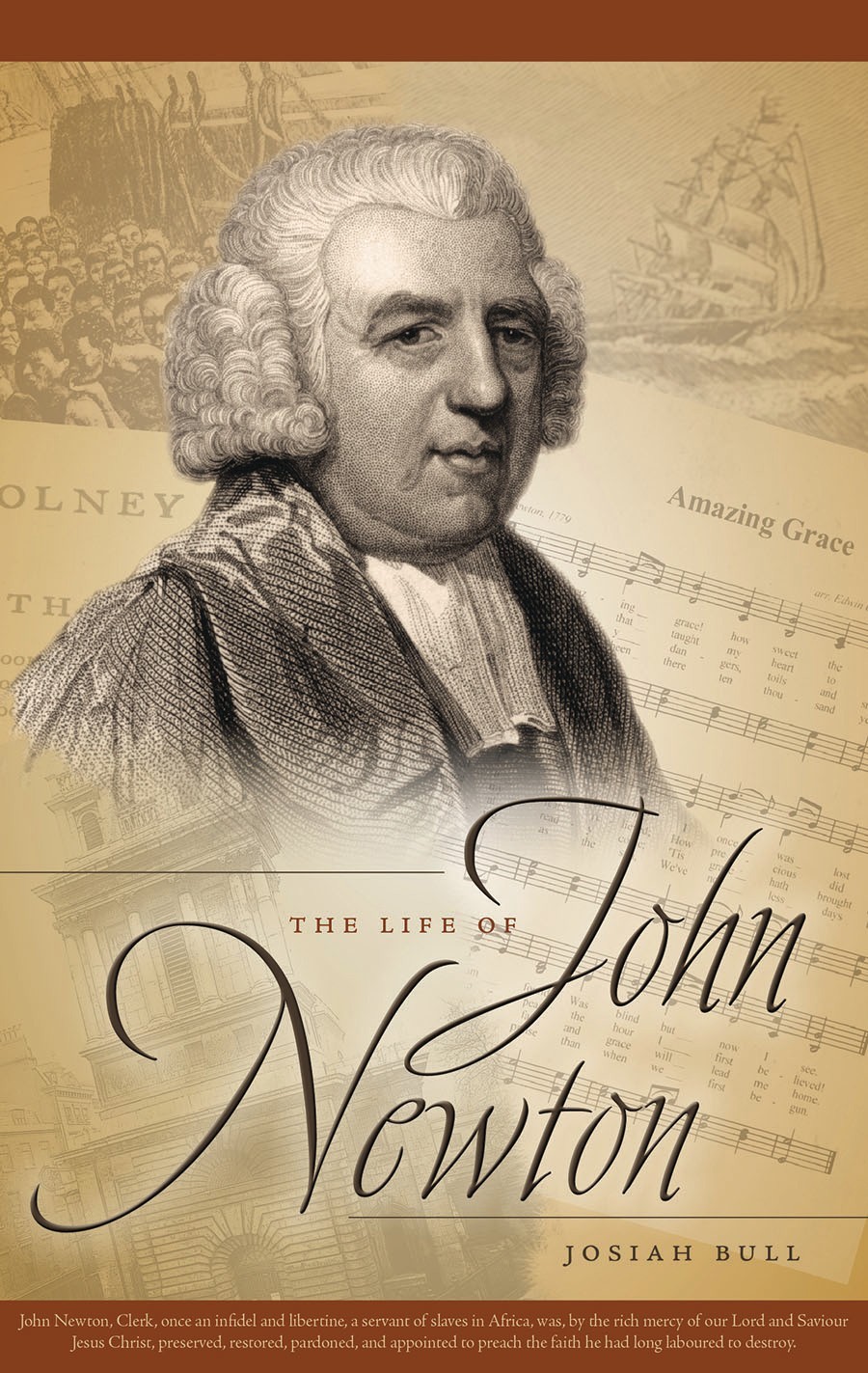The Westminster Conference 2007 – Day Two
Turretin and the Place of Systematic Theology
The second day opened with a paper of the above title given by Maurice Roberts of Inverness. The 1974 Dictionary of the Christian Church has no reference to Francis Turretin, but thirty years later the Wikipedia contains much, to the effect that Francis Turretin was also known as François Turretini and was the grandson of Francesco Turrettini, who left his native Lucca in 1574 and settled in Geneva in 1592. Francis was born to Benoit Turretin at Geneva on October 17, 1623 and died there on September 28, 1687. He was educated at Geneva, Leiden, Utrecht, Paris, Saumur, Montaubun and Nimes. Returning to Geneva, he was made pastor of the Italian church there in 1648, and professor of theology in 1653. He is the father of Jean Alphonse Turretin.
Turretin is especially known as a zealous opponent of the theology of Saumur (embodied by Moise Amyraut and called Amyraldianism), and as an earnest defender of Calvinistic orthodoxy represented by the Synod of Dort. He was one of the authors of the Helvetic Consensus. Among his writings, which are chiefly dogmatic in character, special mention should be made of his Institutio Theologiae Elencticae (3 parts, Geneva, 1679-1685), which is dogmatic theology written in a polemic or argumentative fashion. At Princeton Seminary it was only replaced as a textbook by Charles Hodge’s Systematic Theology in the late 19th century. Hodge asked Princeton’s George M. Giger to produce an English translation. That amounted to 8,000 handwritten pages. In the last twenty years James T. Dennison, the librarian and lecturer in church history at Westminster Theological Seminary in Escondido, Calfifornia, has undertaken the task of editing, documenting, and indexing that translation of Turretin, which is published in three volumes as Institutes of Elenctic Theology (P & R). John Frame’s response is to write of the very deep pastoral and devotional strain in Turretin’s writing; ‘It is wonderfully edifying teaching.’ Turretin greatly influenced the Puritans, but as his absence from the Dictionary of the Christian Church indicates, he has been a mostly forgotten theologian from the annals of church history. John Gerstner called Turretin ‘the most precise theologian in the Calvinistic tradition.’
Maurice Roberts summarised Turretin’s life, his approach to theology, and analysed the importance of systematic theology. Systematic is coming under increasing fire these days. Something called ‘narrative theology’ is seeking to replace it. Its emphasis is upon the use of stories rather than propositions which are considered abstractions that lack inspiration and concreteness. According to some, propositions betray a modern and Western mindset that prizes exactness and ‘truth.’ Postmoderns and the emerging church movement are both fond of narrative theology. In 1974 Yale professor Hans Frei wrote The Eclipse of Biblical Narrative which criticised theologians for losing the narrative of the Bible. They have lost biblical realism for the abstract. John Wright in his book Telling God’s Story put the blame on the Puritans and their heirs for the problems the contemporary church is facing. They have turned the church inward and so it has lost its impact on the world. Doctrine must be dethroned and narrative crowned.
Yet here is Turretin reprinted, made available and read. Turretin reflects the years when the Reformation was changing Europe, and every reformation in biblical times and today has been Word-based and Word-driven. Every reformation has made truth claims and based them on the Word of God. Preaching has been based on biblical reformation. The text John Wesley preached on more than any other in changing the church in England was, ‘Jesus Christ, who of God is made unto us wisdom, righteousness, sanctification and redemption.’ Paul exhorts Timothy to hold fast ‘the faithful word as he hath been taught, that he may be able by sound doctrine both to exhort and to convince the gainsayers.’ (Titus 1:9).
Mr Roberts’ plea was for the importance of Systematic Theology rather than Turretin’s work in particular, which he acknowledged to be no easy read. We were not threatened with those sleep inducing words, ‘Now I will allow the subject to speak for himself,’ followed by long quotations. Turretin was commended particularly for his help on open theism, God’s law, and the new perspective. A good discussion followed, assisted by the presence of a latter day Amyraldian, with whom Mr Roberts dealt graciously but firmly.
Stephen Charnock and the Knowledge of God
Jeremy Walker of Crawley gave us a paper on this subject. Stephen Charnock (1628-1680) was a Puritan divine, a Presbyterian preacher born in London. He studied at Emmanuel College, Cambridge, during which time he was converted to the Christian faith. After leaving the college, he possibly held a position as either a private teacher or tutor, moving on to become a minister of the faith in Southwark for a short time where he exercised an awakening ministry. He continued on to New College, where he earned a fellowship and gained a position as senior proctor. He moved to Ireland in 1665 where he became a chaplain to Henry Cromwell, governor of Ireland. In Dublin, he began a regular ministry of preaching, and those who came to hear him were from different classes of society and differing denominations, and he became widely known for the skill by which he discharged his duties.
In 1660, the monarchy of England was restored after its brief time as the Commonwealth of England, and Charles II ascended the throne of England, Scotland, and Ireland. Due to new restrictions, Charnock was now legally prevented from practicing public ministry in Ireland, and in England where he returned. Nevertheless he continued to study and to minister in non-public ways. Charnock began a co-pastorship at Crosby Hall in London in 1675; this was his last official place of ministry before his death in 1680. Nearly all of the numerous writings attributed to him were transcribed after his death, one of the most famous of which was the one preached at Crosby Hall, and is preserved today as The Existence and Attributes of God1
Gary Brady summarises the session as follows:
Jeremy Walker took us through some works found in the fourth volume of Puritan Stephen Charnock (1628-1680), namely A Discourse of the Knowledge of God and especially A Discourse of the Knowledge of God in Christ where Charnock ties everything to knowing God in Christ. A tour de force of the relevant texts, these works were summarised, sometimes densely but always lucidly, and prepared the way for a profitable discussion of the subject. It followed on in part from the morning session. The contributions of other Puritans, such as Sibbes and Manton and Owen were also brought in. Charnock is orthodox and unoriginal but more thoroughgoing in this area than others. What David Clarkson is willing to leave as a hint Charnock takes up and runs with. Mr Walker helpfully concluded with some application in the area of worship, orthodox trinitarianism, the traditional approach to theology proper, true godliness and comfort for this life and the next.
The Preaching of John Newton3
John Harris of Mirfield gave the final paper on this subject. What a wonderful story this is! We never weary of hearing it. John Newton was born in London, the son of a shipmaster in the Mediterranean service, and Elizabeth Newton (née Seatclife). His mother brought him up as a nonconformist Christian. She died when he was 6 and Newton spent 2 years at boarding school. At the age of 11 he went to sea with his father and sailed with him on a total of six voyages until the elder Newton retired in 1742. Newton’s father had planned for him to take up a position as a slave master at a sugar plantation in Jamaica but in 1743 he was pressed into naval service, and became a midshipman aboard HMS Harwich. After attempting to desert, Newton was put in irons and reduced to the rank of a common seaman. At his own request, Newton was placed in service on a slave ship bound for West Africa which eventually took him to the coast of Sierra Leone. He became the servant of a slave trader, who abused him. It was this period that Newton later remembered as the time he was ‘once an infidel and libertine, a servant of slaves in Africa.’ Early in 1748 he was rescued by a sea captain who had been asked by Newton’s father to search for him on his next voyage.
Sailing back to England in 1748 aboard the slave-ship Greyhound on the Atlantic triangle trade route, the ship encountered a severe storm and almost sank. Newton awoke in the middle of the night and prayed to God as the ship filled with water. It was this experience which he later marked as the beginnings of his conversion. As the ship sailed home, Newton began to read the Bible and other religious literature. The date was March 10, 1748, an anniversary he marked for the rest of his life. From that point on his life steadily changed although he continued to work in the slave trade. He later said that his true conversion did not happen until some time later: ‘I cannot consider myself to have been a believer (in the full sense of the word) till a considerable time afterwards.’
In 1755 Newton became tide surveyor of the port of Liverpool, through the influence of an admirer Manestay and, in his spare time, he was able to study Greek, Hebrew, and even Syriac. He became well-known as an evangelical lay minister, and applied for the Anglican priesthood in 1757, although it was more than seven years before he was eventually accepted and ordained into the Church of England. Eventually, in 1764, he was introduced by Thomas Haweis to Lord Dartmouth who was influential in recommending Newton to the Bishop of Chester, and who also suggested him for the living of Olney. On 29 April 1764 Newton received deacon’s orders, and finally became a priest on 17 June. He was to spend sixteen years at Olney, during which time so popular was his preaching that the church had a gallery added to accommodate the large numbers who flocked to hear him.
In 1779 Newton was invited by the wealthy Christian merchant John Thornton to become Rector of St Mary Woolnoth, Lombard Street, London, where he officiated until his death. Newton soon found himself gaining in popularity. He preached a series on the libretto of Handel’s Messiah, believing that these texts should be preached upon and not used as an elegant entertainment. Many young churchmen and others enquiring about their faith visited him and sought his advice, including Hannah More and the young M.P. William Wilberforce. He became the most famous clergyman in the world.
As usual, the final paper has no discussion, and we went home remembering this modest speaker exalting the Saviour of a slave-trader.
Notes
- The Trust publishes The Works of Stephen Charnock in five volumes.2 His sermons on ‘The Existence and Attributes of God’ take up the bulk of Volumes 1 and 2.

The Works of Stephen Charnock
5 Volume Set
price Original price was: $135.00.$89.10Current price is: $89.10.Description
Turretin and the Place of Systematic Theology The second day opened with a paper of the above title given by Maurice Roberts of Inverness. The 1974 Dictionary of the Christian Church has no reference to Francis Turretin, but thirty years later the Wikipedia contains much, to the effect that Francis Turretin was also known as […]
- Several of Newton’s sermons can be found in Volumes 2 and 3 of the Trust’s 2015 edition of The Works of John Newton.4 A re-set edition of Josiah Bull’s biography The Life of John Newton is also available from the Trust.5

The Works of John Newton
4 Volume Set
price From: $80.00Description
Turretin and the Place of Systematic Theology The second day opened with a paper of the above title given by Maurice Roberts of Inverness. The 1974 Dictionary of the Christian Church has no reference to Francis Turretin, but thirty years later the Wikipedia contains much, to the effect that Francis Turretin was also known as […]

price From: $14.40Description
Turretin and the Place of Systematic Theology The second day opened with a paper of the above title given by Maurice Roberts of Inverness. The 1974 Dictionary of the Christian Church has no reference to Francis Turretin, but thirty years later the Wikipedia contains much, to the effect that Francis Turretin was also known as […]
Latest Articles
Biblical Mission Arises from Biblical Longing and Supplication November 24, 2025
This is the second of four posts from Peter Schild (translated by Michael T. Schmid) which together constitute his booklet The Church and Missions. ‘As they ministered to the Lord and fasted…’ — Acts 13:2 There is a real danger that a church becomes stagnant in self-satisfaction. The church at Antioch could have said, ‘We […]
Why Did the Pilgrims Really Go to America? November 19, 2025
On 21 November 1620[mfn]November 11, according to the Old Style calendar.[/mfn] the Mayflower made landfall in what is now Provincetown Harbour, Massachussetts. 37 of its 102 passengers were English ‘Pilgrims’ from the separatist church in Leiden, Holland. Their pioneering settlement of Plymouth Colony laid the foundations for the eventual formation of the United States of […]
